Key Takeaways
- Yellow jackets are primarily attracted to food and beverages; proper management is key to deterrence.
- Natural deterrents like plants and essential oils provide effective, eco-friendly solutions.
- Strategically placing traps and managing waste helps minimize yellow jackets at events.
- Seasonal awareness allows better planning to avoid peak wasp activity times.
- For persistent or high-risk infestations, professional pest control is the safest option.
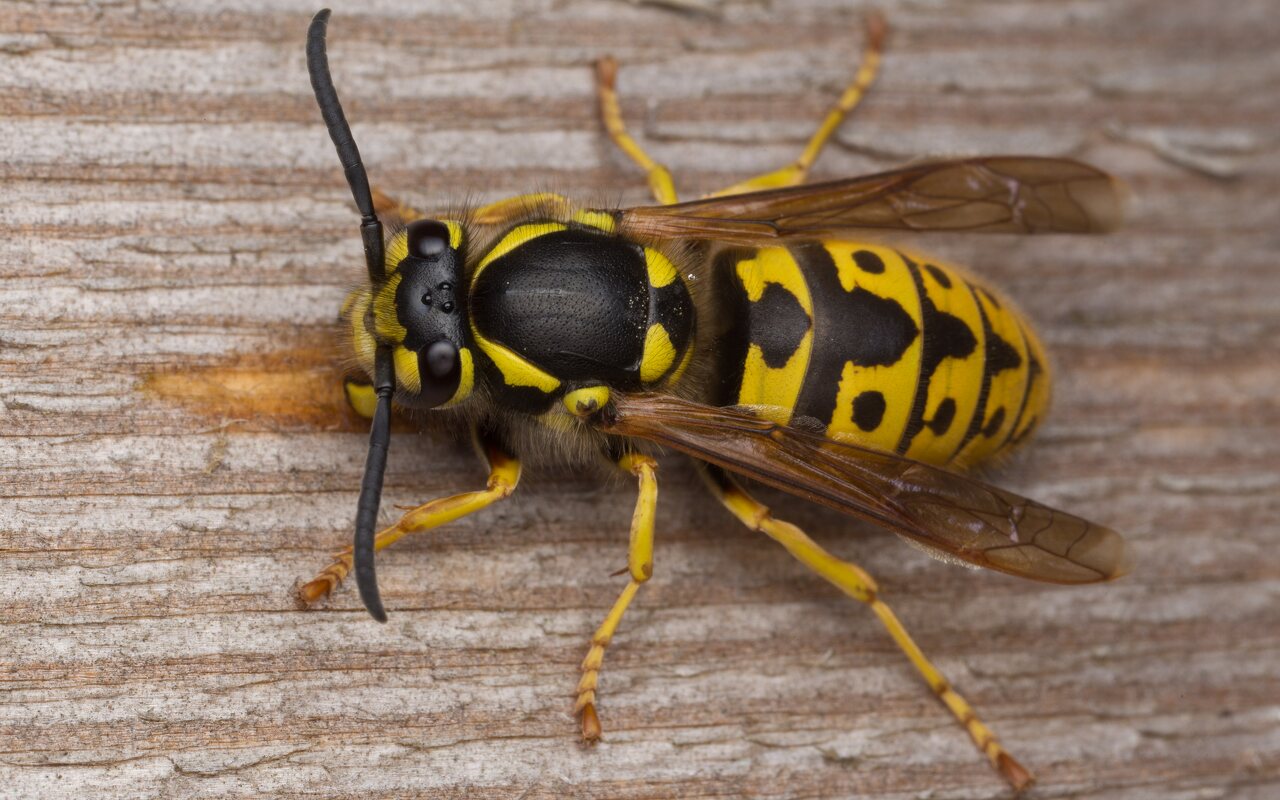 Enjoying outdoor gatherings during warm weather is a cherished activity for many US households. Whether hosting a family barbecue, a birthday party, or a casual backyard picnic, the last thing you want is unwanted guests like yellow jackets disrupting the fun.
Enjoying outdoor gatherings during warm weather is a cherished activity for many US households. Whether hosting a family barbecue, a birthday party, or a casual backyard picnic, the last thing you want is unwanted guests like yellow jackets disrupting the fun.
These aggressive wasps are not only known for creating a ruckus and pose a nuisance but can also ability to deliver painful stings, causing a highly serious discomfort or severe allergic reactions for some individuals . To ensure your outdoor events remain enjoyable, here’s an extensive guide detailing effective ways to deter yellow jackets.
Why Are Yellow Jackets Attracted to Outdoor Events?
Yellow jackets are attracted to food and beverages commonly present at outdoor gatherings. During late summer and early fall, their natural food sources become scarce, increasing their aggression and boldness in scavenging. Common attractions include:- Sugary foods and drinks (soda, juice, fruits)
- Protein-rich items (meat, fish, pet food)
- Open garbage and compost bins
- Strong fragrances (perfumes, lotions)
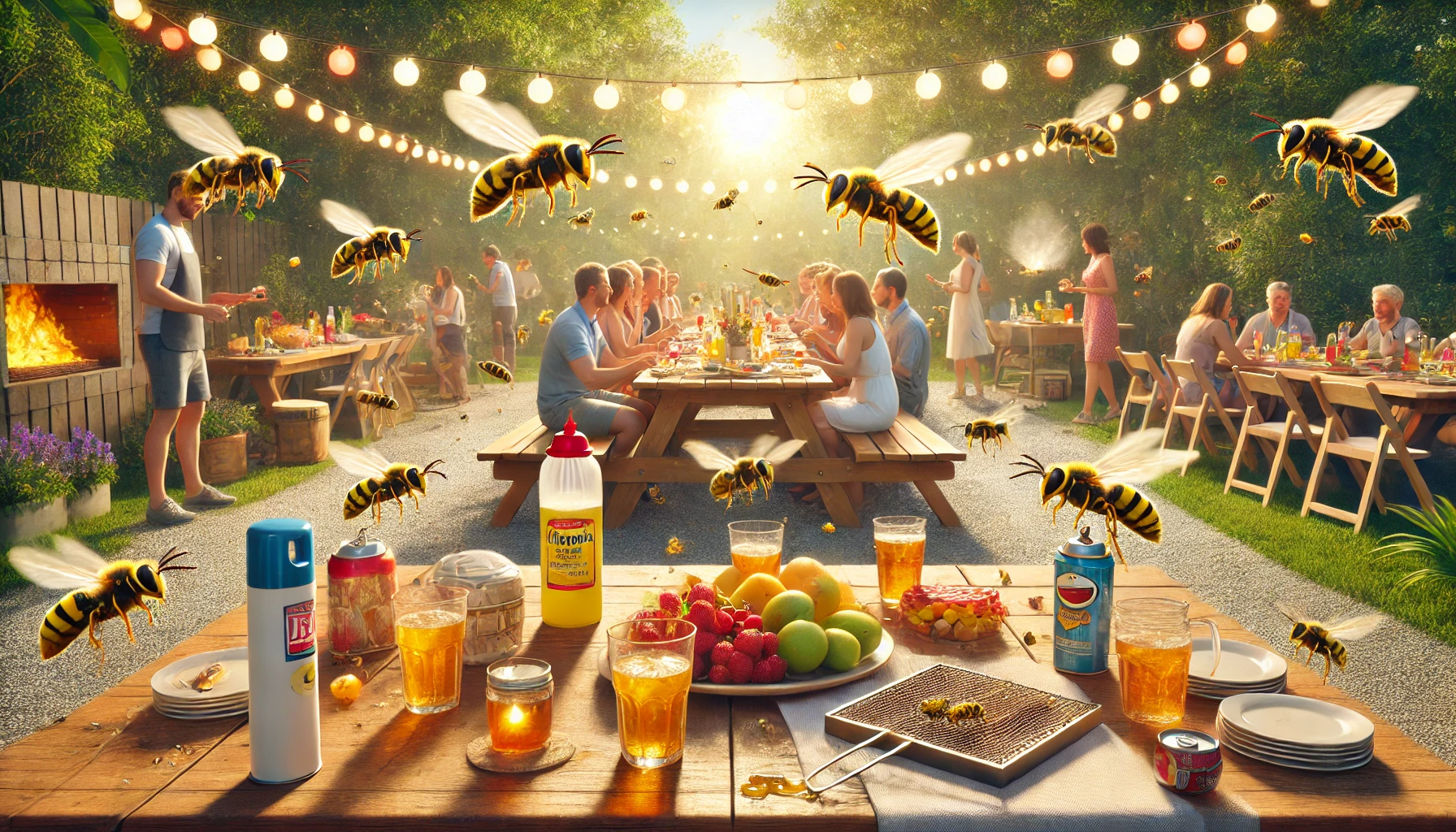

Not getting a solution?
Get your free pest control estimate today!Natural Deterrents for Yellow Jackets
Implementing natural deterrents is a safe and eco-friendly way to keep yellow jackets away without harmful chemicals. Consider these proven methods:Plant-Based Repellents
-
Mint and Peppermint: Plant these around your outdoor areas or use essential oil sprays to naturally repel yellow jackets.
-
Citronella and Lemongrass: These well-known insect repellents are highly effective when placed strategically around patios, decks, or gathering areas.
-
Thyme and Basil: Beyond their culinary uses, these herbs help deter wasps and yellow jackets when grown in gardens or pots near seating areas.
- Mix peppermint oil, water, and a few drops of dish soap.
- Spray around tables, chairs, and garbage areas.
- Refresh every few hours for continued effectiveness.
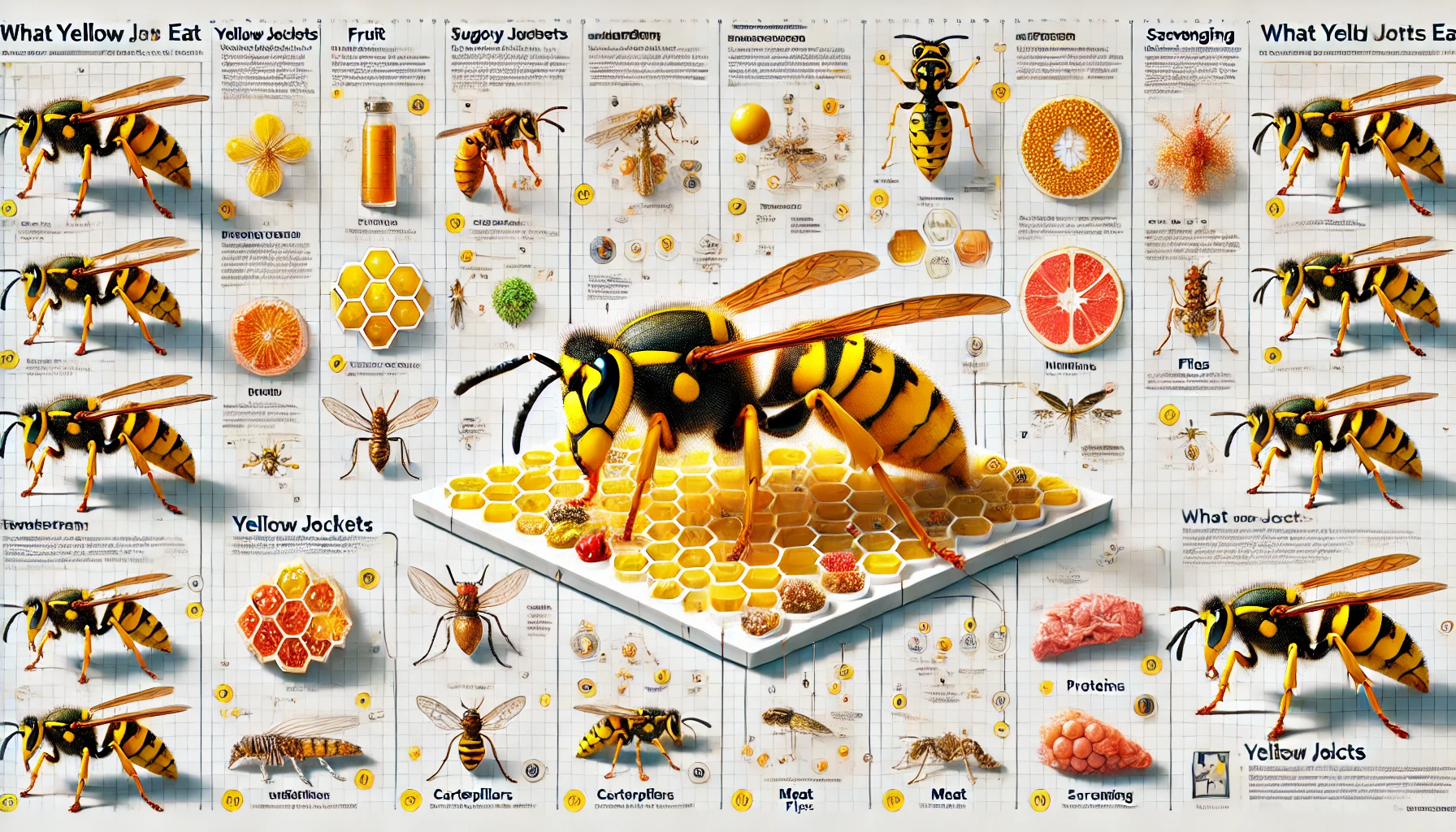 Effective Food Management Strategies
Strategic management of food and drinks at your event is critical to keeping yellow jackets away:
Keep Food Covered
Effective Food Management Strategies
Strategic management of food and drinks at your event is critical to keeping yellow jackets away:
Keep Food Covered
- Use mesh food covers or tightly sealed containers.
- Serve food indoors and bring it outside only when serving.
- Provide trash bins with tight-fitting lids.
- Regularly clean spills and immediately dispose of food waste.
- Position garbage cans away from eating areas to draw wasps away from guests.
- Set up food and drink stations away from main seating areas.
- Consider placing a “decoy” food area with sweet substances to divert yellow jackets away from guests.
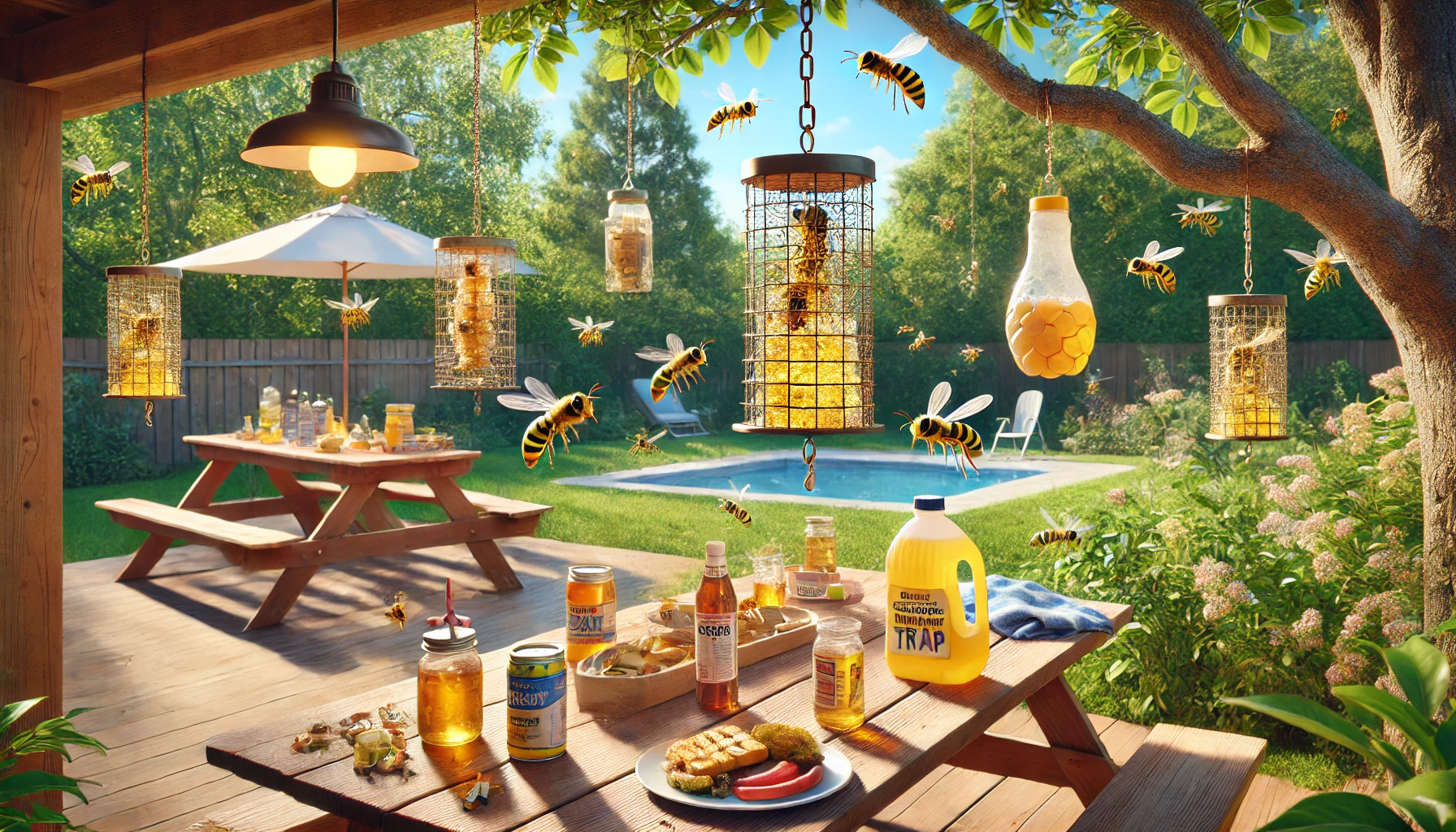
Utilizing Yellow Jacket Traps
Traps effectively reduce yellow jacket numbers around your event. Here are practical tips: Commercial Yellow Jacket Traps- Available in hardware stores, baited with attractants specifically designed to lure yellow jackets.
- Set traps several feet away from your gathering area to prevent attracting wasps towards guests.
- Deploy traps a day or two before the event for best results.
- Create simple yet effective homemade traps using plastic bottles filled with sugary liquids like juice or soda.
- Hang these traps away from high-traffic areas to safely divert wasps.
DIY Repellents and Home Remedies
Some simple home remedies can also help deter yellow jackets: Vinegar-Based Solutions- A spray bottle with equal parts white vinegar and water can repel yellow jackets effectively.
- Use this mixture to clean surfaces and repel wasps due to the vinegar’s strong smell.
- Mix water and a tablespoon of dish soap in a spray bottle.
- Spray directly onto yellow jackets; soap coats their wings and reduces aggression.
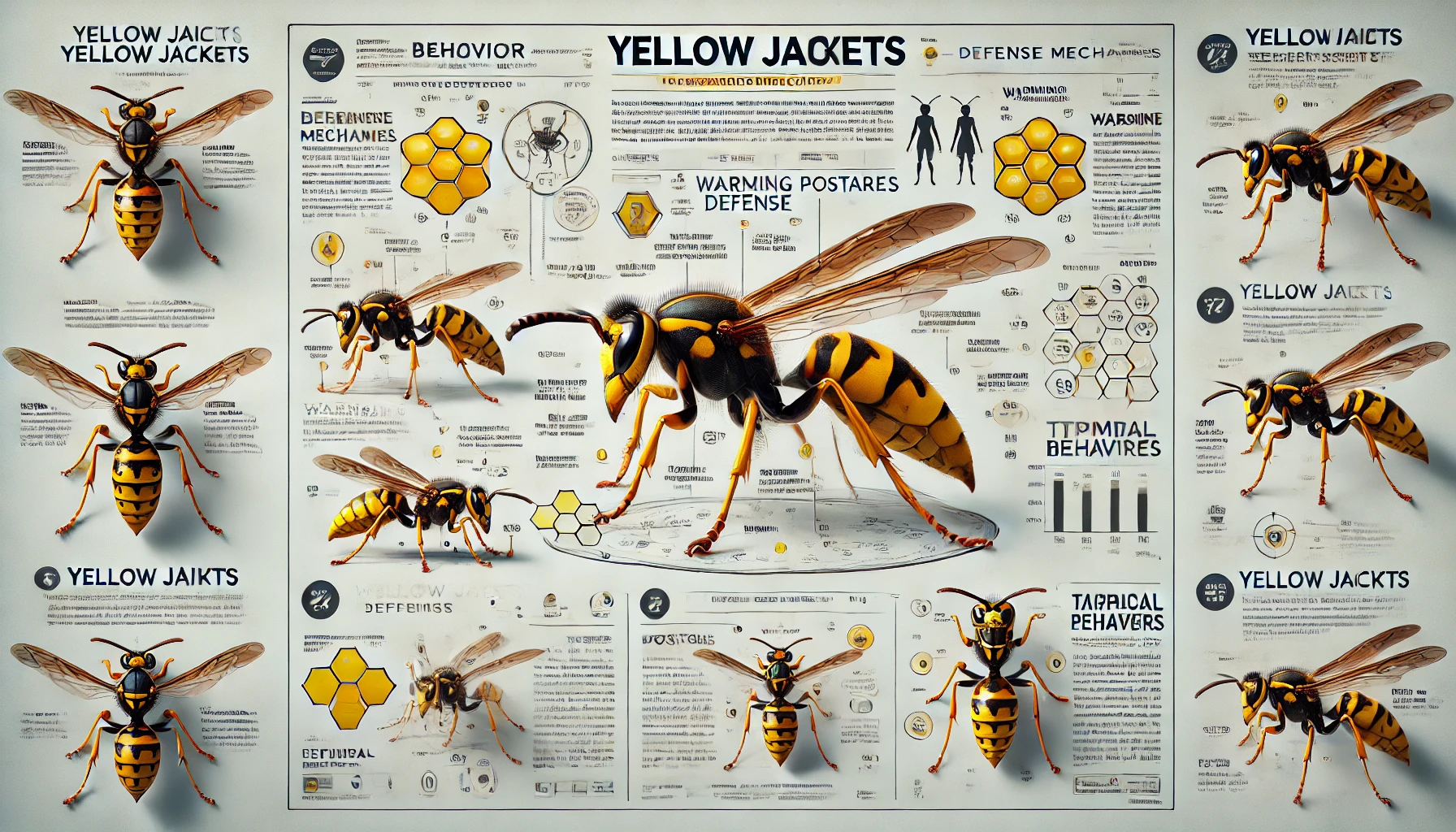
Environmental Factors to Consider
- Understanding yellow jacket behavior based on environmental factors helps you plan better:
-
Time of Year: Peak activity occurs late summer through early autumn, requiring heightened preventive measures.
-
Time of Day: Yellow jackets are most active during daylight and become less aggressive at dusk, making evening events a better option.
-
Weather Conditions: Hot and dry weather increases wasp activity, while cooler and damp conditions reduce their presence.
Long-Term Prevention through Landscaping and Maintenance
- For ongoing protection, adopt long-term measures:
-
Regular Yard Maintenance: Mow the lawn and trim hedges regularly to reduce potential nesting sites.
-
Seal Potential Nesting Sites: Inspect and seal holes, gaps, or cavities around your property to discourage nest-building.
-
Proper Sanitation: Remove fallen fruits, manage garbage bins effectively, and avoid leaving pet food outdoors.
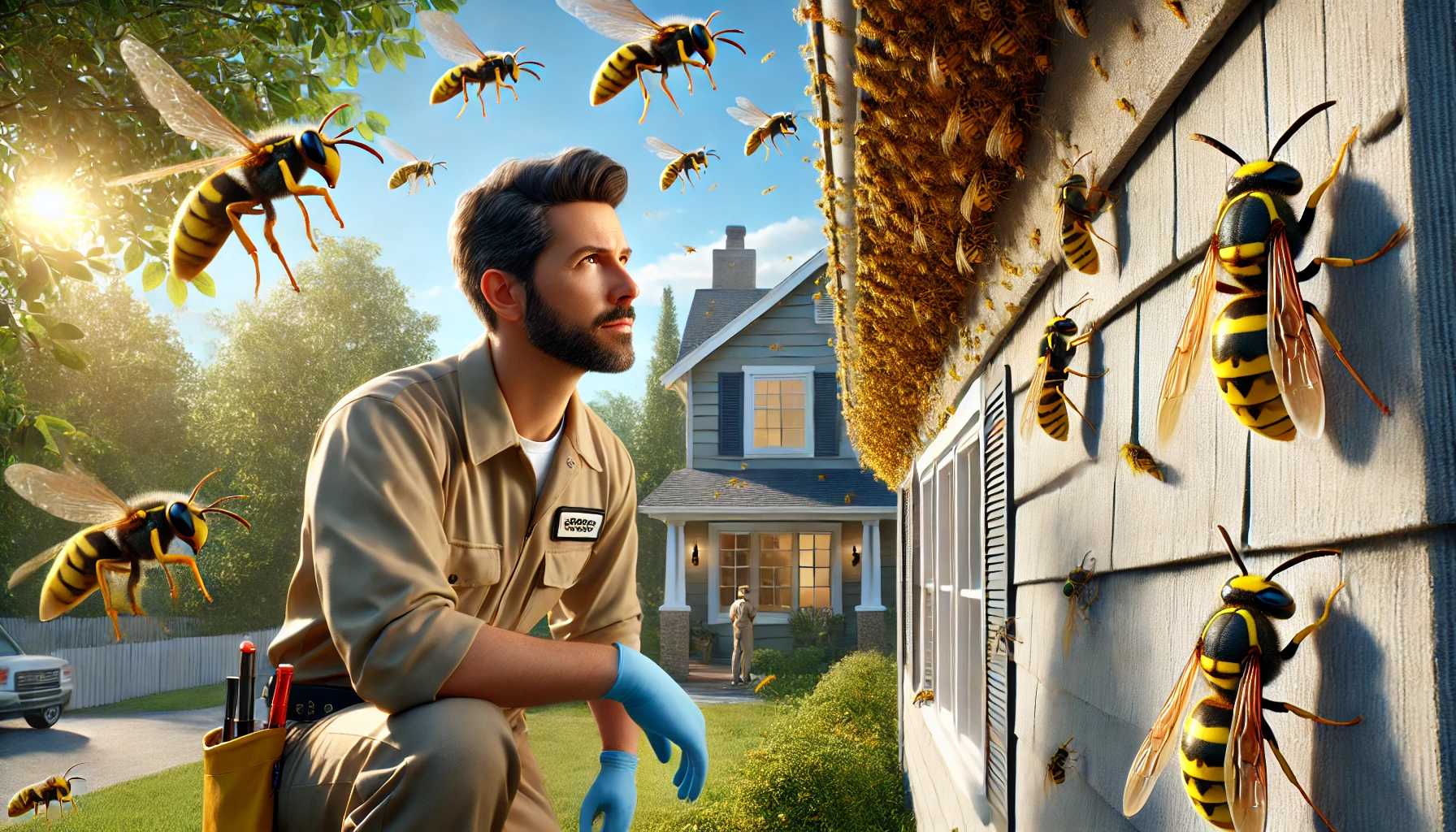
When to Call a Professional
Professional pest control services should be called when:
- An active nest is discovered near your event or frequently used areas.
- DIY and natural deterrents prove ineffective, and wasp activity remains high.
- Someone in your household is allergic, increasing the risk and severity of potential stings.
If you feel things have gone out of control, it is advised to contact pest control professionals. Our team can provide a customized approach to protect your home effectively.
Visit our Species, Control, and DIY Guide sections for additional resources on yellow jackets and ways to tackle a yellow jackets infestation.





